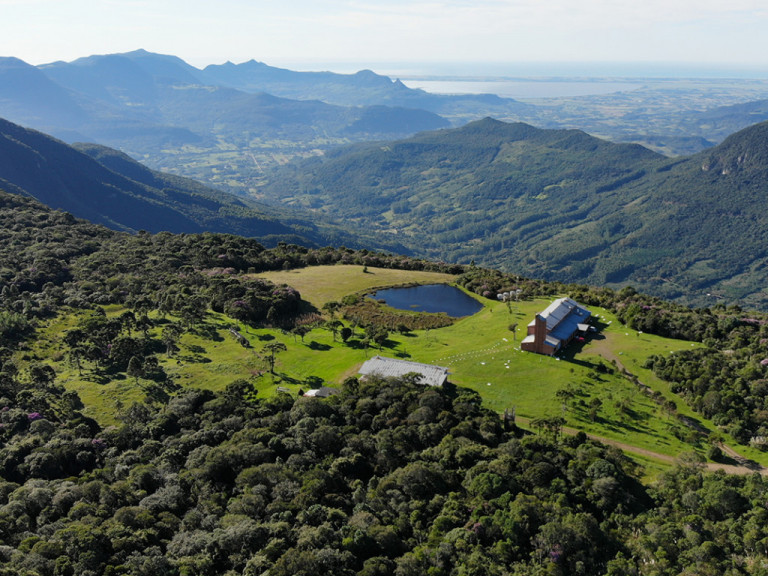- Luis
- June 10, 2022
- 9:09 am
- No Comments
Atlantic Forest Day: research contributes to conserving biodiversity
The Atlantic Forest is the second largest tropical forest in Brazil and its biodiversity is one of the largest on the planet, with thousands of plant and animal species. It comprises 15% of the Brazilian territory and is spread over 17 states, between Piauí and Rio Grande do Sul, and is also in part of Argentina and Paraguay.
Its existence was first described in 1560 by Father Anchieta in the Letter of São Vicente, who shared the biodiversity of tropical forests in the Americas. This historic moment is celebrated on May 27, by Federal Decree, as the National Day of the Atlantic Forest. The date seeks to highlight the importance of preserving the biodiversity of the forest, which has suffered from the constant increase in deforestation, putting several plant and animal species at risk. According to the SOS Mata Atlântica initiative, due to urbanization and industrialization, only 12.4% of the original forest remains.
In Brazil, there are important initiatives that seek to conserve the area of one of the most threatened biomes in the world. An example is PUCRS’s Pró-Mata Private Natural Heritage Reserve (RPPN), with 2,400 hectares, covering fragments of Mixed Ombrophilous Forest – the Araucaria forest, Dense Ombrophilous Forest – the Atlantic Forest itself, as well as fragments of Campos de Altitude.
The area was acquired in 1993 by PUCRS, with important support from the company Stihl and the University of Tübingen, in Germany, thus ensuring the perpetuity of PUCRS’ commitment to biodiversity conservation, as well as mitigating the impact resulting from the expansion of human activities.
Long Term Ecological Surveys (PELD)
According to the director of the Instituto do Meio Ambiente, Nelson Fontoura, responsible for the administration of the RPPN Pró-Mata, man is responsible for several changes in the environment, such as the intensification of the greenhouse effect, the deforestation of the Amazon and the Atlantic Forest , the expansion of agricultural activities over the Pampa and the Cerrado, the pollution and alteration of the hydrological cycles of rivers and lakes. These are impacts that threaten not only biodiversity and the stability of ecosystems, but also the well-being of society, economic activity and the very survival of humanity.
With the initiative to conserve through research, the Long-Term Ecological Research (PELD) program was created, initiated in 1999 by the National Council for Scientific and Technological Development (CNPq). PELD has 41 research sites in Brazil, three of them in the state of Rio Grande do Sul. RPPN Pró-Mata is part of this network of research sites that covers all national biomes, continental and oceanic waters.
In addition, PELD is also part of the International Long Term Ecological Research (ILTER), an initiative that encompasses 40 member countries and aims to establish an international long-term ecological research network.
At RPPN Pró-Mata, the PELD project is divided into eight subprojects coordinated by experienced researchers in their areas of expertise:
- Permanent plots in the Atlantic Forest of southern Brazil;
- Biodiversity and fire disturbance in high altitude grasslands in southern Brazil;
- Ecology and diversity of wild bees associated with the Mixed Ombrophilous Forest;
- Dynamics of the assemblage of spiders in the RPPN Pró-Mata;
- Assemblage dynamics and biochemical-functional study of amphibians facing a scenario of environmental changes;
- Wealth and composition of birds in vegetation gradient in RPPN Pró-Mata;
- Seasonal and interannual dynamics of the mammalian assemblage of RPPN Pró-Mata;
- Inventory and molecular monitoring of the biodiversity of the RPPN Pró-Mata.
In addition to several PUCRS researchers linked to the Graduate Program and Ecology and Evolution of Biodiversity, the project has the collaboration of researchers from Unisinos and UFRGS, in addition to international collaborations.






